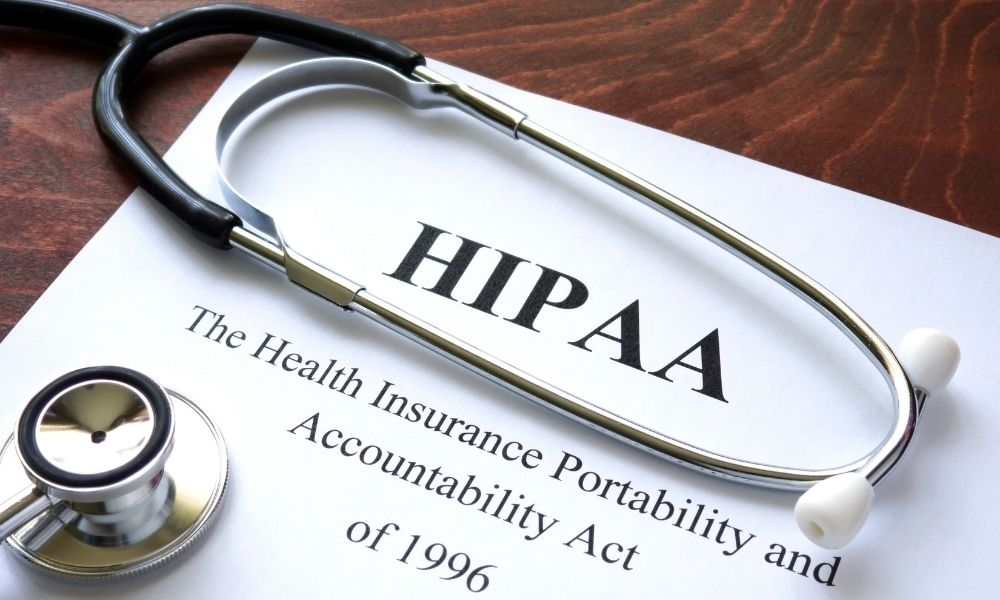
HIPAA and OSHA are basic terminologies in the medical industry that hold significant weight in how processes and procedures are carried out today. Both aimed to protect the well-being of patients and workers, without these compliance standards in place, many clinics and hospital environments would fail and run amok.
The key differences between HIPAA vs. OSHA and how they protect patients and staff are notable but can still be confusing. Here's a brief insight into the two regulations and aspects you might want to remember.
HIPAA
The HIPAA privacy rule mandates entities like healthcare providers, health plans, and clearinghouses to utilize safeguards to prevent Protected Health Information (PHI) from improper disclosure or use. The main requirement of this law states that entities may not use or disclose PHI without the written consent of the party the information pertains to.
However, there is an exception to the regulation. Covered entities may utilize or disclose PHI for public health activities, including government-required recording of illness or injury. This is an exception that can apply to those employers with OSHA recordkeeping requirements.
Other requirements can include the following:
- Privacy: The patient’s right to access their Protected Health Information.
- Enforcement: An investigation must take place in the event of an information breach.
- Breach Notification: Employers must inform patients of a data breach and take the required steps.
OSHA
Congress enacted the OSH Act to mitigate worker injury in the workplace; the Department of Labor established regulations and standards. The standards serve as criteria for employers to fulfill to remain compliant with laws that oversee workplace safety.
Basic OSH Act laws and requirements include but are not limited to the following:
- Employers must provide reliable and approved equipment that protects the worker from infectious diseases.
- Employers must keep records of injuries and illnesses present within the workplace.
- Employers must ensure that workers have and use safe tools during their duties and receive proper training on equipment use.
- Team members have the right to work in an environment free of asbestos, chemical spills, and other hazards contributing to injuries and illnesses.
- Employers and employees must utilize proper cleaning and sanitation measures to ensure the sterilization of an area before a patient receives care.
Further Information
The key differences between HIPAA and OSHA make them so significant and vital in the medical field. As federal laws, these standards continue to mandate workers to ethically perform practices and procedures without risking patient wellbeing and privacy.
At Gamma Compliance Solutions, we prioritize worker and patient well-being for ethical practices that contribute to better care. For more information on HIPAA, we have a HIPAA compliance training manual that gives a thorough insight into the regulation and effectively trains staff to be well-prepared for all privacy situations.
Feel free to browse our catalog of additional training or contact us for further inquiries today.
